Home>Garden Essentials>How To Grow A Mandarin Tree From Seed
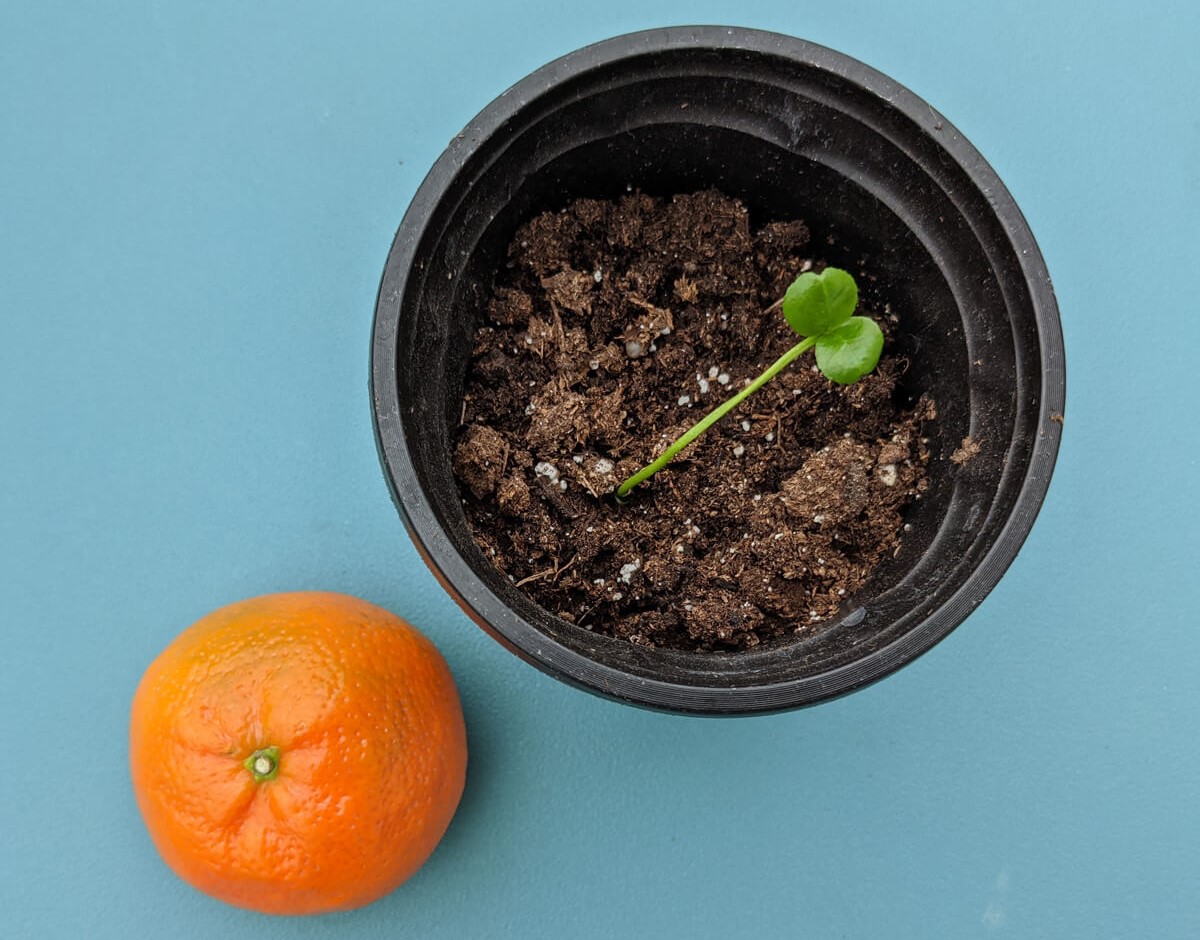

Garden Essentials
How To Grow A Mandarin Tree From Seed
Modified: May 6, 2024
Learn how to grow a mandarin tree from seed and create a beautiful garden filled with fresh, juicy mandarins. Follow our step-by-step guide for successful gardening.
(Many of the links in this article redirect to a specific reviewed product. Your purchase of these products through affiliate links helps to generate commission for Storables.com, at no extra cost. Learn more)
Introduction
Growing your own fruits can be a rewarding and fulfilling experience. If you have a love for citrus fruits and want to add a touch of zest to your garden, why not consider growing a mandarin tree from seed? Mandarin trees are not only beautiful to look at with their vibrant green foliage and delicate blossoms, but they also produce delicious and juicy fruits packed with vitamin C.
In this step-by-step guide, we will walk you through the process of growing a mandarin tree from seed. From collecting the seeds to caring for the seedlings and eventually harvesting the fruits, you’ll learn everything you need to know to successfully cultivate your own thriving mandarin tree.
Before we dive into the details, it’s important to note that growing a mandarin tree from seed requires patience and dedication. While it may take several years for your tree to bear fruits, the journey itself is incredibly rewarding and will provide you with a sense of accomplishment as you witness your tree grow and flourish.
So, let’s get started on this exciting citrus-growing adventure!
Key Takeaways:
- Growing a mandarin tree from seed requires patience and dedication, but the rewarding journey from seed collection to fruit harvest is a delightful and fulfilling experience for any citrus fruit enthusiast.
- Proper care, from selecting quality seeds to providing optimal growing conditions, is essential for successfully cultivating a thriving mandarin tree from seed. With patience and dedication, the journey from seed to harvest is a rewarding and fulfilling experience.
Read more: How To Grow Tree From Seed
Step 1: Collecting Mandarin Seeds
The first step in growing a mandarin tree from seed is to collect ripe and healthy mandarin seeds. Here are a few methods you can use to obtain the seeds:
- Purchasing mandarins: Visit your local farmers market or grocery store and select a few ripe and juicy mandarins. Look for fruits that are firm and have a vibrant orange color. The seeds inside the mandarins can be used to grow new trees.
- Harvesting from existing mandarin trees: If you or someone you know already has a mandarin tree, you can collect seeds directly from the fruits on the tree. Select fully ripe mandarins and carefully remove the seeds.
Once you have gathered your mandarin seeds, it’s important to choose the freshest and healthiest ones for optimal germination. Look for seeds that are plump and not shriveled, as well as those with a smooth and intact seed coat.
Remember that the quality of the seeds will greatly affect the success of your growing journey, so it’s best to collect a few extra seeds to increase the chances of success.
Next, gently wash the seeds to remove any fruit residue or pulp. Avoid using soap or harsh chemicals. Simply rinse the seeds with lukewarm water and pat them dry with a clean towel.
Once your mandarin seeds are clean and dry, you can move on to the next step: preparing the seeds for germination.
Step 2: Preparing the Seeds
Preparing the mandarin seeds for germination is a crucial step to ensure successful growth. Here’s how you can prepare your seeds:
- Scarification: Mandarin seeds have a hard outer shell that can inhibit germination. To increase the chances of successful sprouting, you can perform a simple scarification process. Gently rub the seeds with sandpaper or use a nail file to lightly scratch the surface of the seed. This will create small openings in the seed coat, allowing water and oxygen to penetrate more easily.
- Soaking: After scarification, it’s recommended to soak the mandarin seeds in water overnight. This will help to soften the seed coat and promote faster germination. Fill a container with room temperature water and place the seeds in it. Make sure they are fully submerged and leave them to soak overnight or for at least 12 hours.
Once the seeds have been scarified and soaked, it’s time to move on to the next step: germinating the seeds.
Step 3: Germinating the Seeds
Now that you’ve prepared your mandarin seeds, it’s time to initiate the germination process. Follow these steps to successfully germinate your mandarin seeds:
- Choose a germination method: There are a few different methods you can use to germinate mandarin seeds. One common method is to place the seeds between two damp paper towels or in a moistened peat moss mixture. Another option is to sow the seeds directly into seed trays or pots filled with a well-draining seed-starting mix.
- Provide optimal conditions: Mandarin seeds require warm and humid conditions to germinate. It’s important to maintain a temperature of around 70-80°F (21-27°C) and ensure consistent moisture without waterlogging the seeds. If you’re using the paper towel method, place the seeds in a sealed plastic bag or container to create a humid environment. If sowing directly in seed trays or pots, cover them with a plastic dome or plastic wrap to create a mini greenhouse effect.
- Monitor and care for the seeds: Check the seeds regularly for signs of germination, which typically occurs within 2-4 weeks but can sometimes take longer. Keep the paper towels or seed trays moist, but be careful not to overwater. Once the seeds start to sprout, remove the plastic cover and provide adequate light for the seedlings to grow.
Patience is key during the germination process. Some seeds may germinate faster than others, so it’s important to be patient and not give up too soon. Once the seeds have successfully germinated and the seedlings have developed a few sets of leaves, it’s time to move on to the next step: transferring the seedlings to pots.
Step 4: Transferring Seedlings to Pots
Once your mandarin seedlings have reached a suitable size with a few sets of leaves, it’s time to transfer them to individual pots. This step will provide the seedlings with more space to grow and develop strong root systems. Follow these steps to successfully transplant your mandarin seedlings:
- Select the right pot: Choose pots that are at least 8-10 inches (20-25 cm) in diameter and have drainage holes at the bottom. This will ensure proper drainage and prevent waterlogging, which can lead to root rot.
- Prepare the potting mix: Use a well-draining potting mix suitable for citrus plants. You can also mix equal parts of potting soil, peat moss, and perlite to create your own blend. Avoid using heavy garden soil, as it tends to retain too much moisture and can suffocate the roots.
- Carefully remove the seedlings: Gently loosen the soil around the seedlings and carefully lift them out, holding onto the leaves rather than the delicate stems. Be gentle to avoid damaging the roots.
- Plant the seedlings: Make a hole in the center of the potting mix and place the seedling, ensuring the roots are spread out and not bent or crowded. Backfill the hole with the potting mix, gently firming it around the base of the seedling.
- Water thoroughly: After planting, water the seedlings thoroughly to settle the soil and provide hydration. Allow the excess water to drain out of the drainage holes.
- Provide proper care: Place the pots in a sunny location where the seedlings can receive at least 6-8 hours of direct sunlight per day. Water the seedlings regularly, keeping the soil consistently moist but not soggy. Avoid overwatering, as it can lead to root rot.
As the seedlings continue to grow in their pots, they will establish stronger root systems and develop into healthy young trees. The next step in the journey is to learn how to care for your mandarin tree. We’ll explore this in the next step.
After planting the mandarin seed, keep the soil consistently moist but not waterlogged. Place the pot in a warm, sunny location and be patient as it can take several weeks for the seed to germinate.
Read more: How To Grow A Tree From A Seed
Step 5: Caring for Mandarin Seedlings
Proper care is essential for the healthy growth and development of your mandarin seedlings. By providing them with the right conditions and attention, you’ll ensure their success in becoming thriving trees. Here are some key aspects to consider when caring for your mandarin seedlings:
- Watering: Mandarin seedlings need regular watering to stay hydrated. Water the plants deeply, ensuring that the soil is evenly moist. However, avoid waterlogging or allowing the soil to become waterlogged, as this can lead to root rot. Monitor the moisture levels and adjust your watering accordingly.
- Light requirements: Mandarins require full sunlight to thrive. Place your seedlings in a sunny spot where they can receive at least 6-8 hours of direct sunlight each day. If growing them indoors, consider using grow lights to supplement the natural light.
- Fertilization: Feed your mandarin seedlings with a balanced citrus fertilizer during the growing season, which typically spans from spring to early fall. Follow the fertilization instructions on the product label and avoid over-fertilizing, as it can cause root burn. Organic alternatives such as compost or vermicompost can also be used to provide nutrients.
- Pest control: Keep an eye out for common citrus pests such as aphids, mites, and scale insects. Regularly inspect the leaves and stems of your mandarin seedlings for any signs of infestation. If necessary, treat the affected plants with organic pest control methods, such as neem oil spray or insecticidal soap.
- Pruning: As your mandarin seedlings grow, occasional pruning may be necessary to shape the tree and control its size. Remove any dead, damaged, or crossing branches to maintain an open and airy structure. Pruning should be done during the dormant season, usually in late winter or early spring.
- Weed control: Keep the area around your mandarin seedlings weed-free to reduce competition for nutrients and water. Regularly remove any weeds or unwanted plants that may be growing nearby.
With proper care and attention, your mandarin seedlings will continue to thrive and grow into healthy trees. As they mature, they will require additional care and maintenance, which we will explore in the next steps.
Step 6: Replanting Mandarin Seedlings
As your mandarin seedlings grow and develop stronger roots, they may outgrow their initial pots and need to be replanted into larger containers or out in the garden. This step is crucial to provide enough space for the tree to expand its root system and thrive. Follow these steps to successfully replant your mandarin seedlings:
- Select a suitable location: If you plan to transplant your mandarin tree to the garden, choose a sunny and well-draining spot with sufficient space for the tree to reach its mature size. Make sure the location is protected from strong winds, as this can damage the young tree.
- Prepare the new planting hole or pot: Dig a hole in the ground or select a new pot that is large enough to accommodate the root ball of the seedling. Ensure the hole or pot has good drainage to prevent waterlogging.
- Remove the seedling from its current container: Gently remove the mandarin seedling from its current pot by sliding it out, being careful not to damage the roots. If the roots are tightly coiled, use your fingers to gently loosen them before planting.
- Place the seedling in the new hole or pot: Position the mandarin seedling in the center of the new hole or pot, ensuring that the top of the root ball is level with the soil surface. Backfill with soil, gently firming it around the roots to eliminate any air pockets.
- Water thoroughly after planting: After replanting, give the tree a generous amount of water to settle the soil and help establish its new home. Gradually reduce the watering frequency as the tree becomes established.
- Stake if necessary: If you live in an area with strong winds or have a particularly top-heavy seedling, you may need to stake the tree to provide extra support. Use a sturdy stake and loosely attach the trunk to prevent damage.
- Maintain regular care: Continue to provide proper watering, sunlight, and fertilizer as your mandarin tree adjusts to its new location. Monitor the tree for any signs of stress or pests and address any issues promptly.
Transplant shock is common when replanting seedlings, so it’s important to closely monitor your mandarin tree after the transplant and provide the necessary care for it to thrive. With time and proper attention, your mandarin tree will establish itself in its new surroundings and continue to grow and flourish.
Step 7: Pruning and Training the Tree
Pruning and training are important aspects of caring for your mandarin tree, as they help maintain its shape, promote airflow, and maximize fruit production. Pruning also helps remove dead or diseased branches, keeping the tree healthy. Follow these steps to prune and train your mandarin tree:
- Select the right time: Pruning is best done during the dormant season, usually in late winter or early spring before new growth begins. This allows the tree to recover and heal before the active growing season.
- Start with sanitation pruning: Begin by removing any dead, damaged, or diseased branches. Use clean and sharp pruning shears or secateurs to make clean cuts just above the branch collar, where the branch meets the trunk.
- Thin out crowded branches: Remove any excessive or overcrowded branches that may hinder air circulation and light penetration into the canopy. This will help prevent disease and ensure sunlight reaches all parts of the tree.
- Prune for shape and size: Trim back any branches that are growing too long or causing the tree to become unbalanced. Maintain an open and airy structure by removing branches that cross or rub against each other.
- Train for optimal growth: Consider the desired shape of your mandarin tree. Encourage a central leader by selecting a strong and upright branch as the main stem and removing competing leaders. You can also train your tree to have a more open or espaliered form, depending on your preference and available space.
- Regular maintenance pruning: As your mandarin tree grows, it will require regular maintenance pruning to remove excess growth, water sprouts, and suckers. This helps redirect the tree’s energy into fruit production and maintains its overall health and shape.
Remember to step back occasionally and assess the overall shape and structure of your mandarin tree. Consider the tree’s natural growth habit and aim to maintain a balanced and aesthetically pleasing appearance. Regular pruning and training will help your mandarin tree reach its full potential and produce abundant fruits.
Step 8: Harvesting Mandarin Fruits
One of the most rewarding moments in growing a mandarin tree is when it finally bears fruit. Mandarin fruits are known for their sweet and juicy flavor, making them a delightful addition to your homegrown harvest. Here’s how to know when and how to harvest your mandarin fruits:
- Check for ripeness: As the fruits begin to mature, their color will change from green to a vibrant orange hue. Gently squeeze a few fruits to assess their firmness and juiciness. Ripe mandarins should feel soft but not squishy, and the skin should be easy to peel.
- Time your harvest: Mandarins are typically ready to be harvested in late fall or winter, depending on the variety. Different varieties may have slightly different ripening times, so refer to the specific variety’s recommended harvest period. Avoid leaving the mandarins on the tree for too long, as they can become overripe and lose their flavor.
- Pick the fruits: To harvest mandarins, gently twist and pull the fruit from the stem. Alternatively, you can use pruning shears or sharp scissors to cut the fruit from the tree. Be careful not to damage the surrounding branches or the fruit itself.
- Handle with care: Mandarins have thin and delicate skin, so handle them with care to prevent bruising or puncturing. Place the harvested fruits in a basket or container lined with a soft towel to protect them during transport.
Once you have harvested your mandarin fruits, enjoy them fresh or use them in a variety of culinary delights, from salads and baked goods to juices and preserves. The sweet and tangy flavor will be a testament to your successful mandarin-growing journey.
Remember, the more you care for your mandarin tree – from selecting quality seeds to providing proper care and maintenance – the more bountiful your harvest will be. Enjoy the fruits of your labor, and may your mandarin tree continue to bring joy and deliciousness to your garden for years to come.
Read more: How To Grow Pecan Tree From Seed
Conclusion
Congratulations on successfully growing your own mandarin tree from seed! Throughout this comprehensive guide, we have explored the step-by-step process of cultivating a thriving mandarin tree – from collecting seeds and preparing them for germination to caring for the seedlings, transplanting them, and eventually harvesting the delicious fruits.
By taking the time and effort to grow your mandarin tree from seed, you have not only unlocked the joys of gardening and fruit cultivation but also gained a deeper connection to nature. Seeing your seedlings sprout, grow, and eventually bear fruit is a truly rewarding experience.
Remember that growing a mandarin tree from seed requires patience and dedication. It may take several years for your tree to reach maturity and produce a bountiful harvest. But with consistent care, proper watering, adequate sunlight, and occasional pruning, your mandarin tree will thrive and reward you with its vibrant foliage and juicy fruits.
As you continue your journey of tending to your mandarin tree, don’t hesitate to seek additional advice and guidance from local gardening experts or fellow enthusiasts. Their knowledge and experience can provide valuable insights and tips specific to your region or climate.
Enjoy the process of nurturing and watching your mandarin tree grow, and take the time to savor the sweet, tangy fruits that it will yield. Whether you enjoy the mandarins fresh or use them in various culinary creations, the taste will be a testament to your gardening skills and the love and care you have poured into your tree.
So roll up your sleeves, get your hands dirty, and embark on this delightful journey of growing your own mandarin tree from seed. May your garden be filled with the beauty and abundance of mandarin trees, enhancing not only your surroundings but also your connection with nature and the joy of homegrown fruits.
Now that you've mastered growing mandarin trees from seeds, why stop there? Dive deeper into the specifics with our detailed guide on seed germination times. Understanding this crucial aspect will give your gardening efforts a strong head start, ensuring that your seeds sprout effectively and your garden flourishes. Don't miss out on this essential knowledge—your plants will thank you!
Frequently Asked Questions about How To Grow A Mandarin Tree From Seed
Was this page helpful?
At Storables.com, we guarantee accurate and reliable information. Our content, validated by Expert Board Contributors, is crafted following stringent Editorial Policies. We're committed to providing you with well-researched, expert-backed insights for all your informational needs.
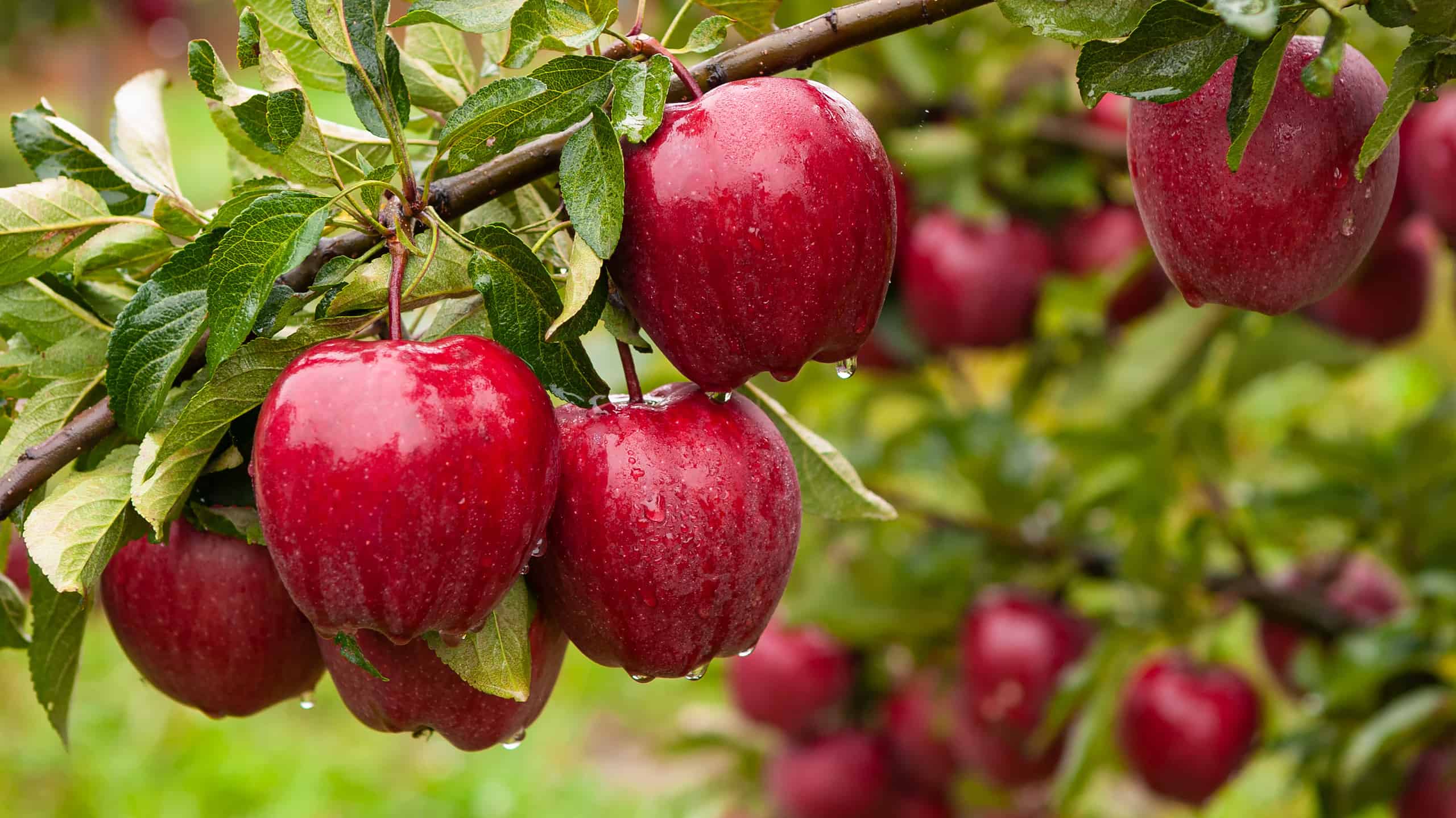
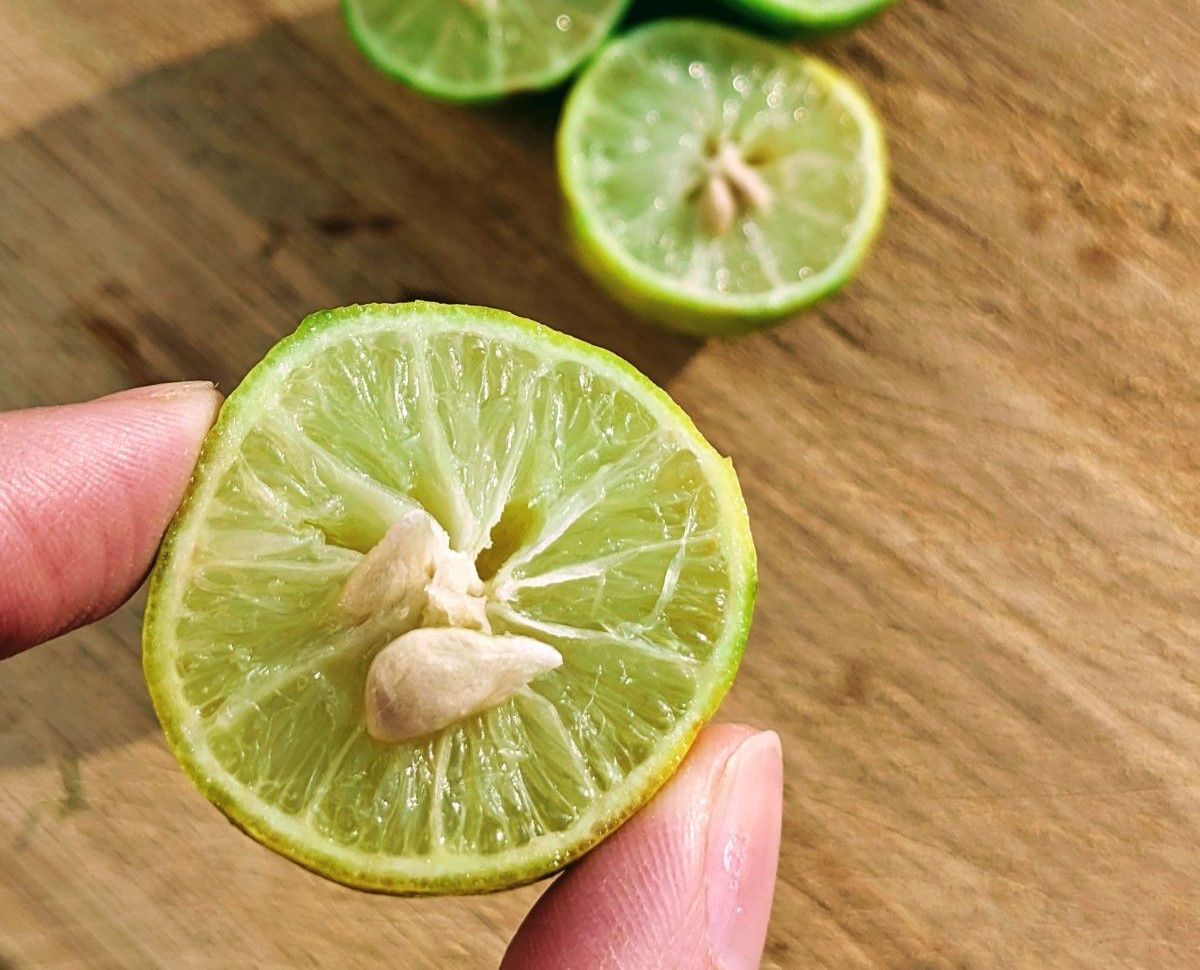
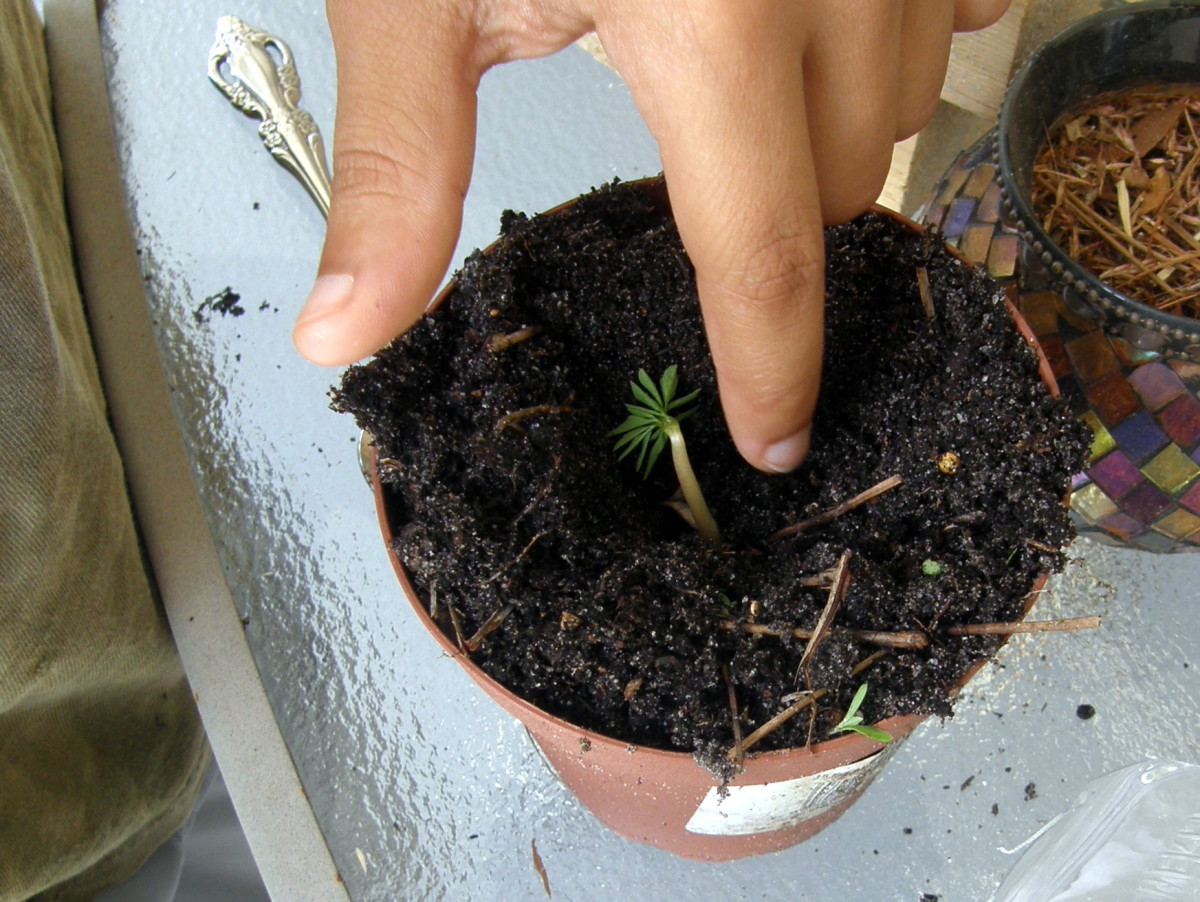
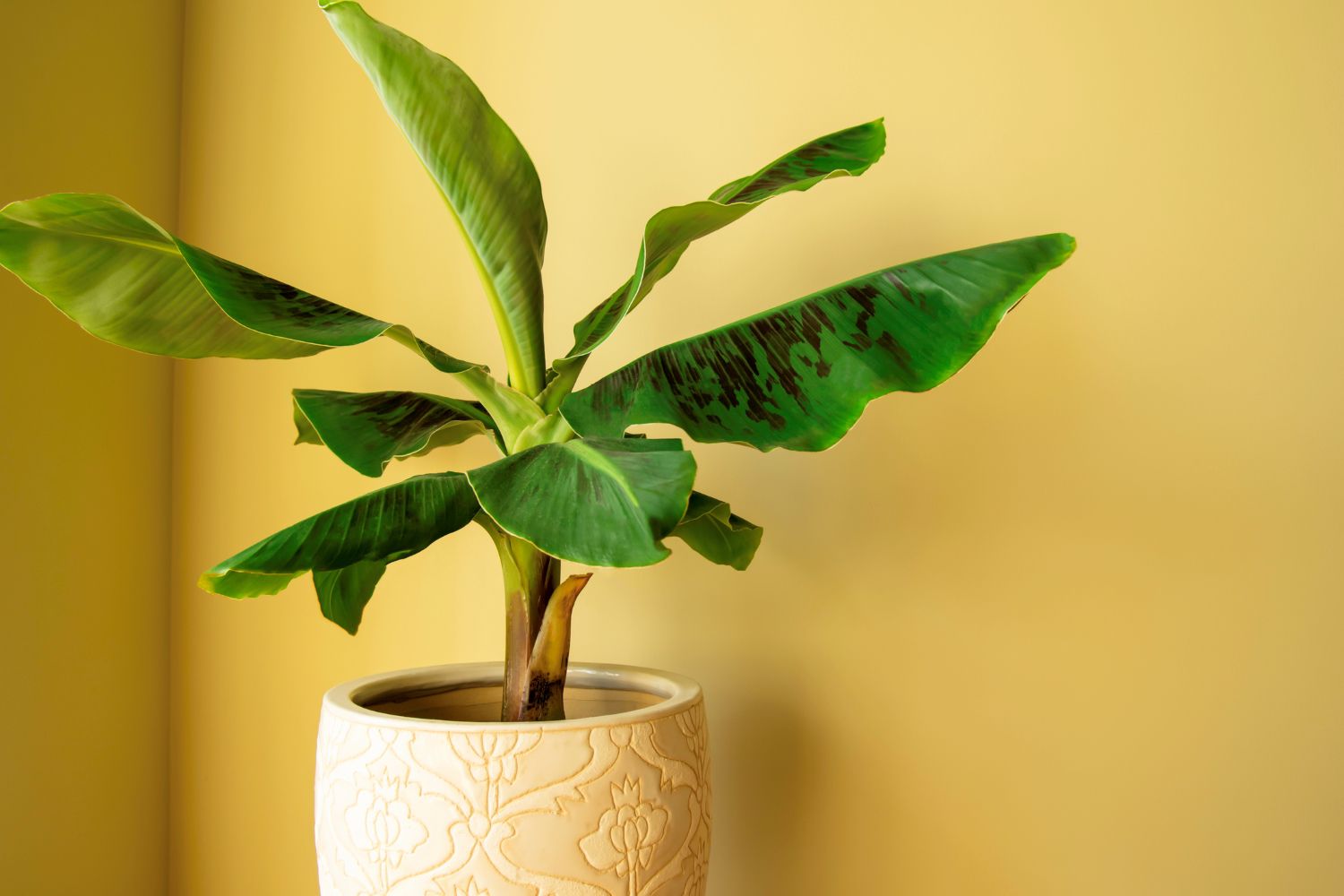
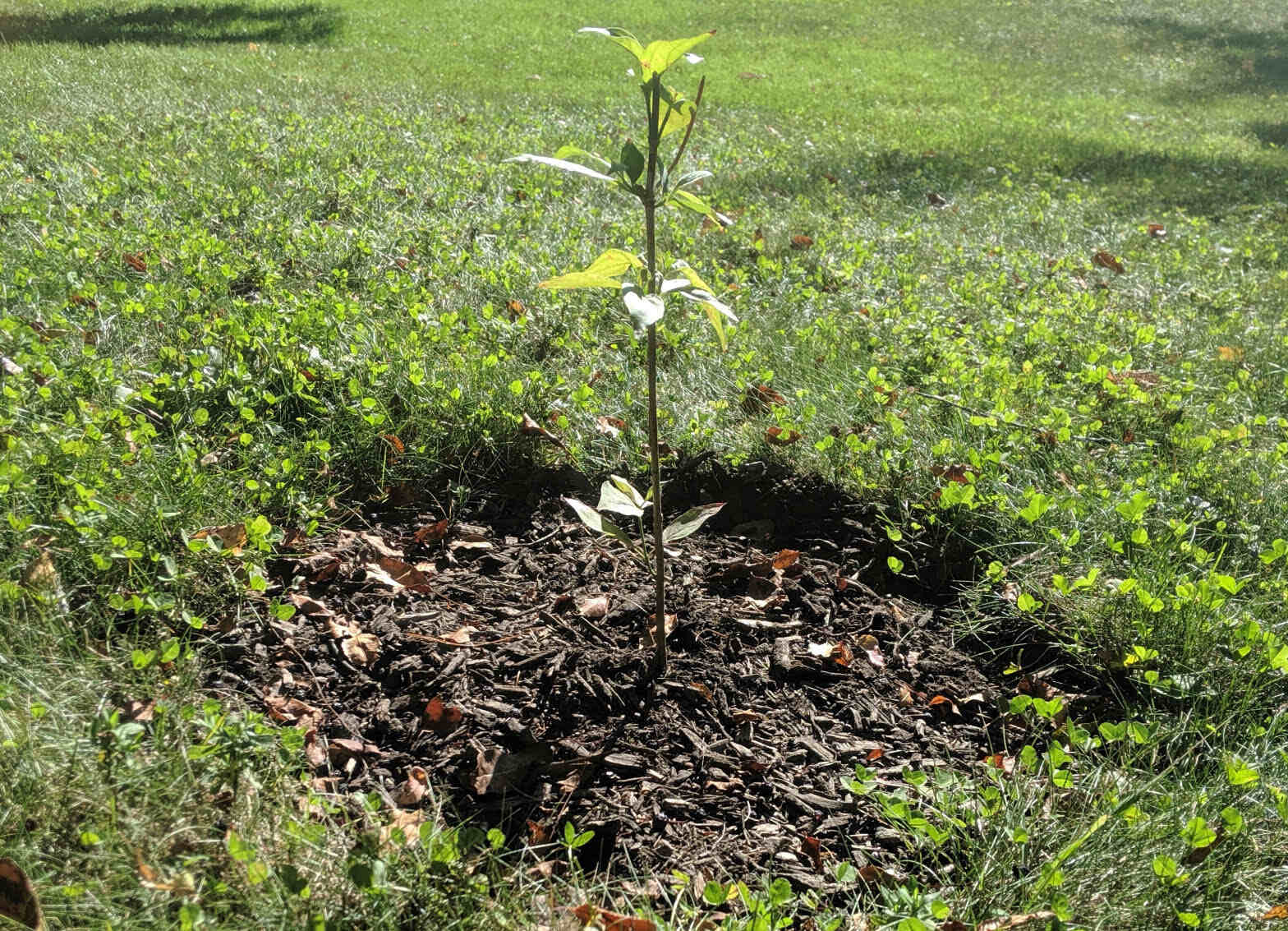
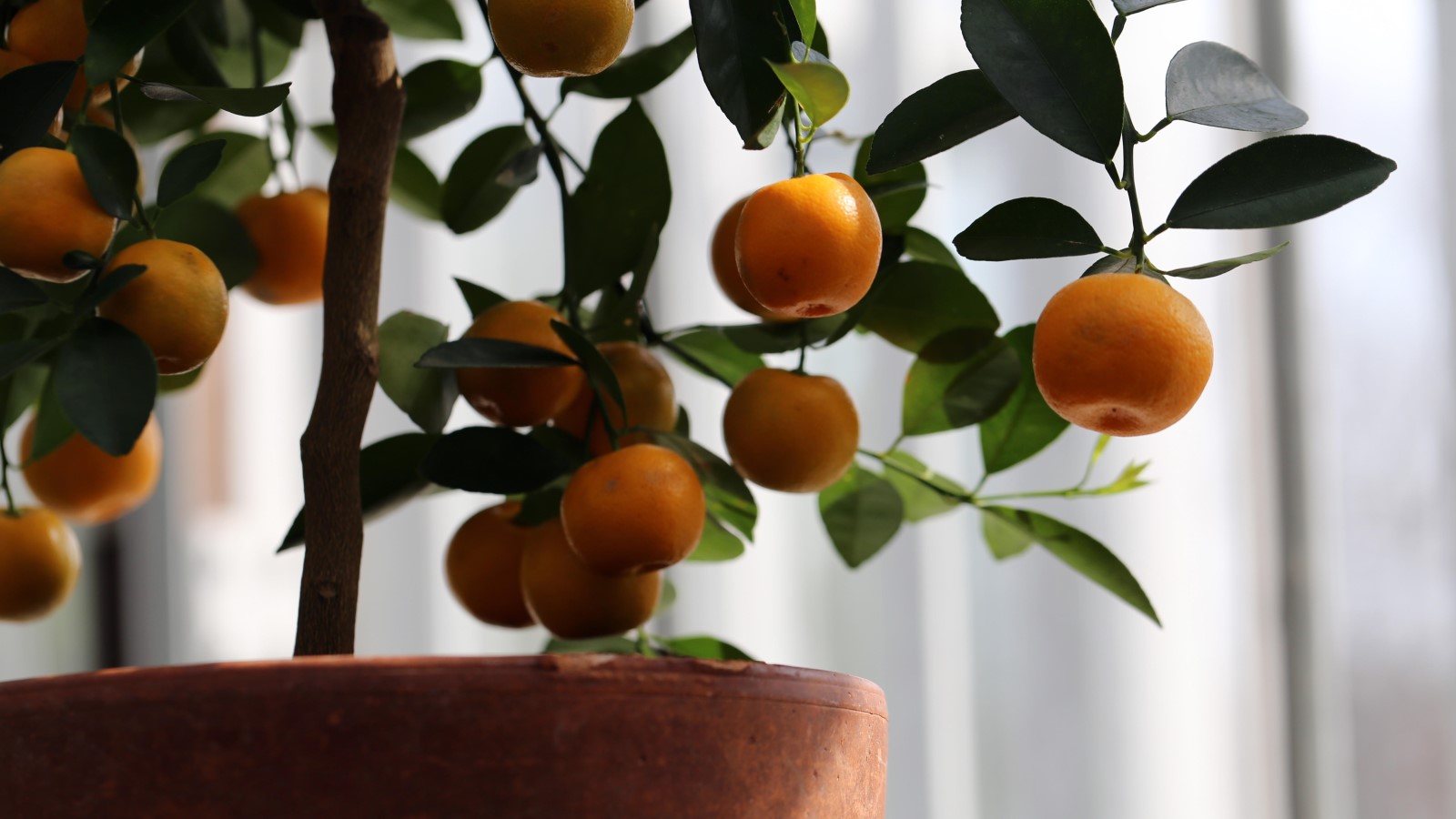
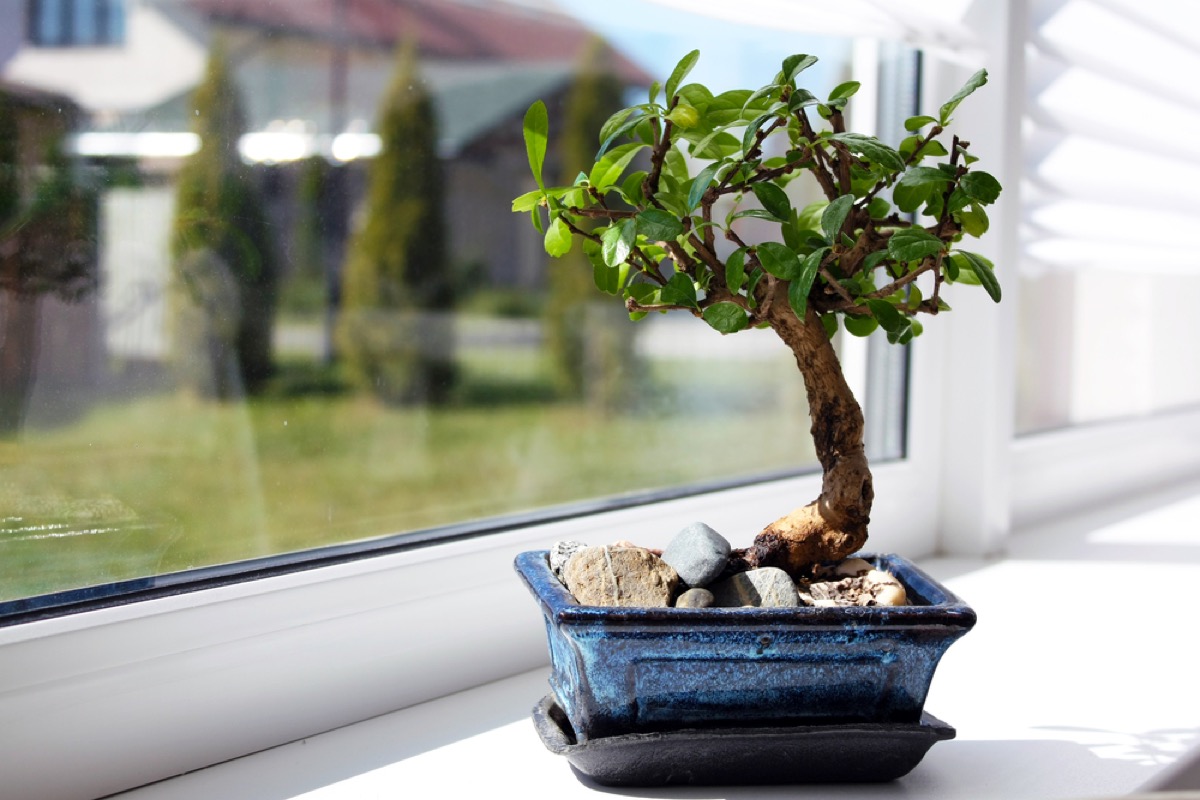
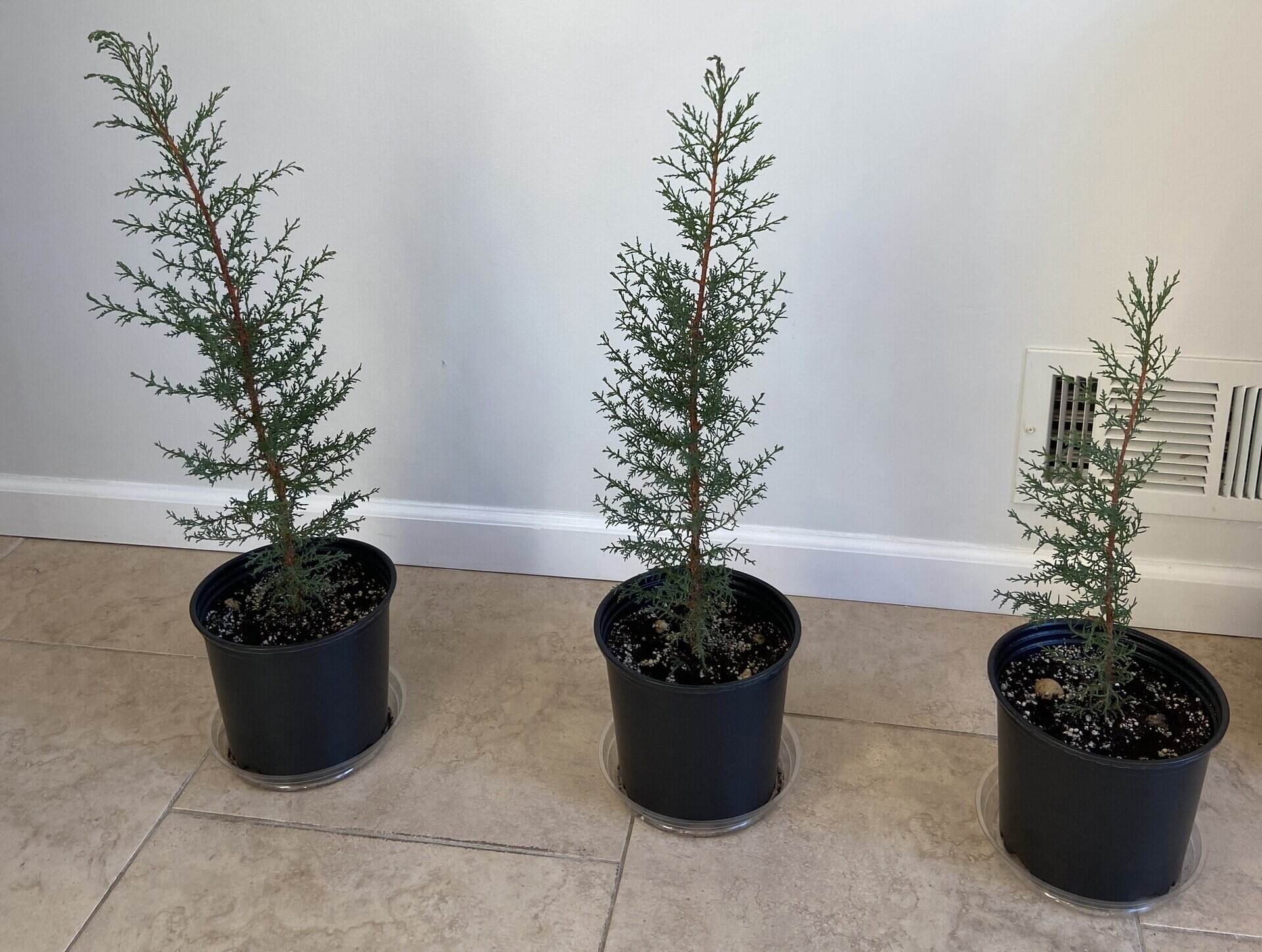

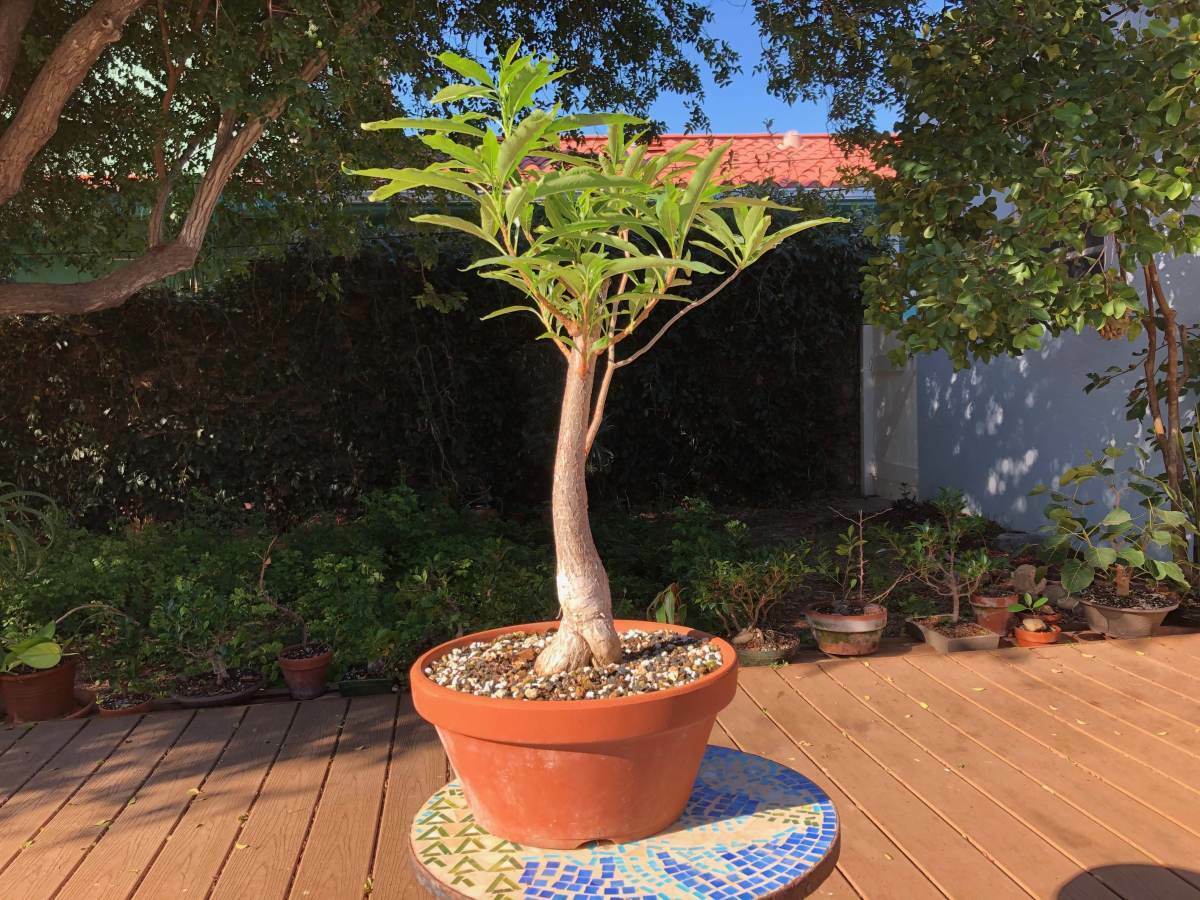
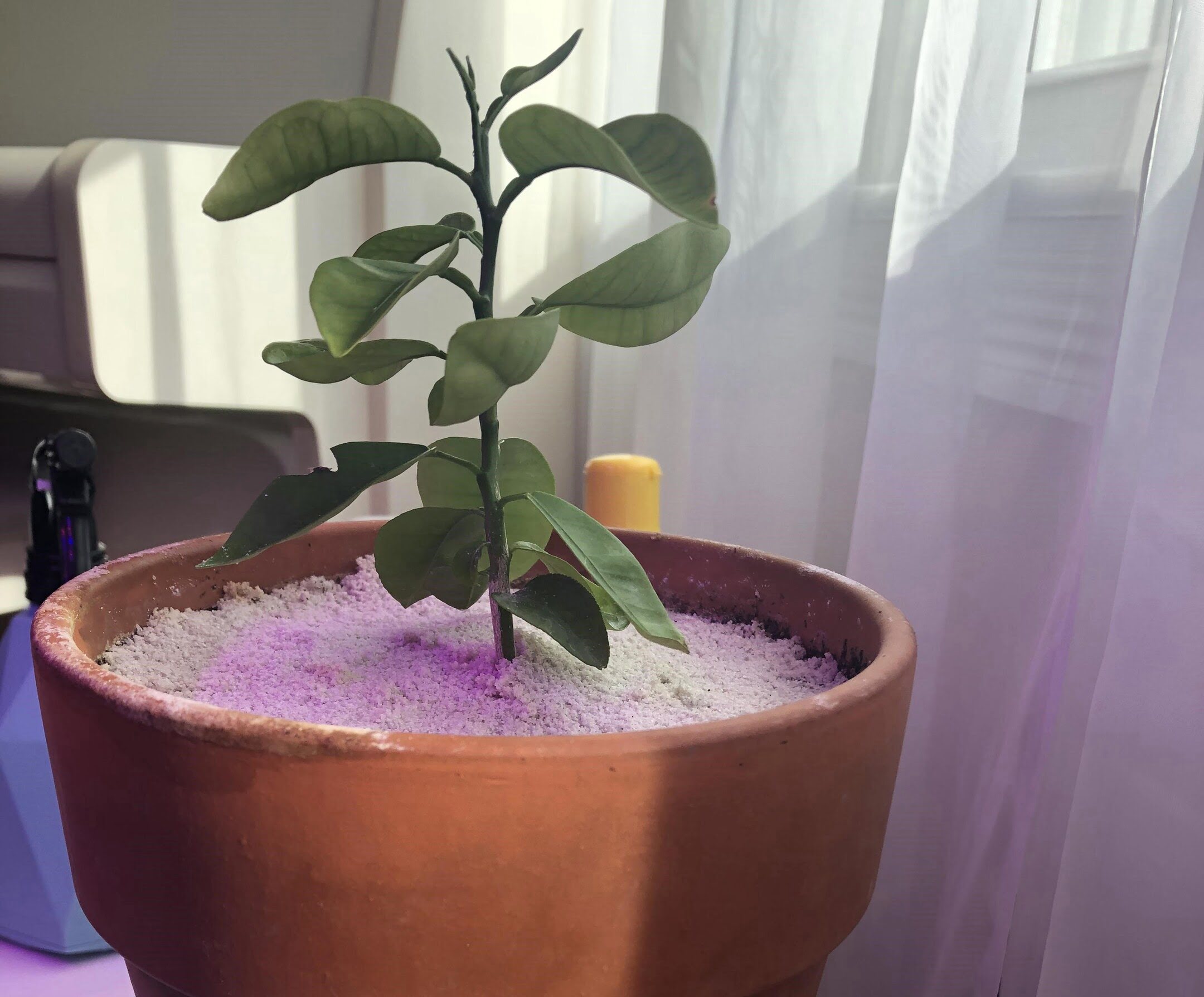
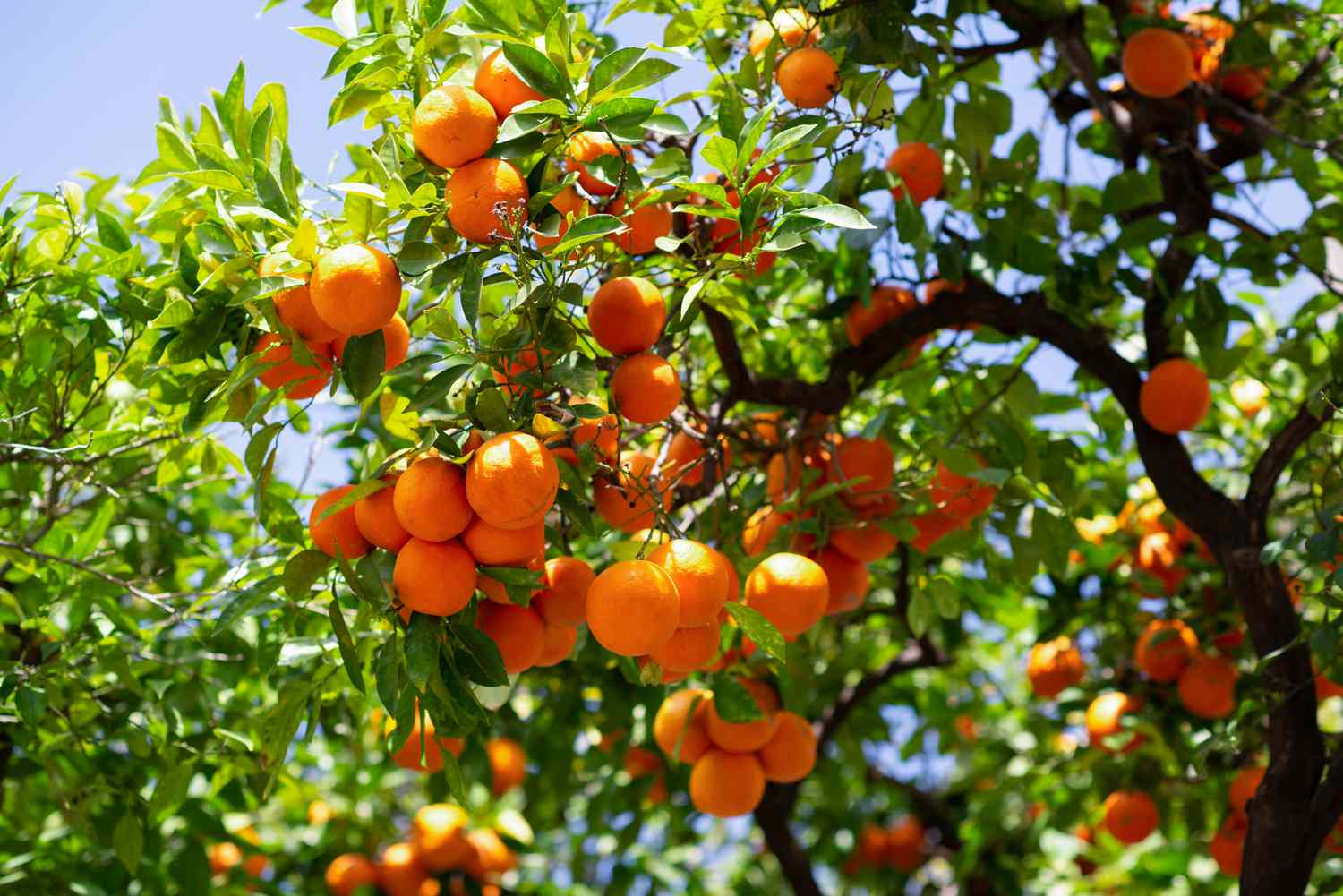
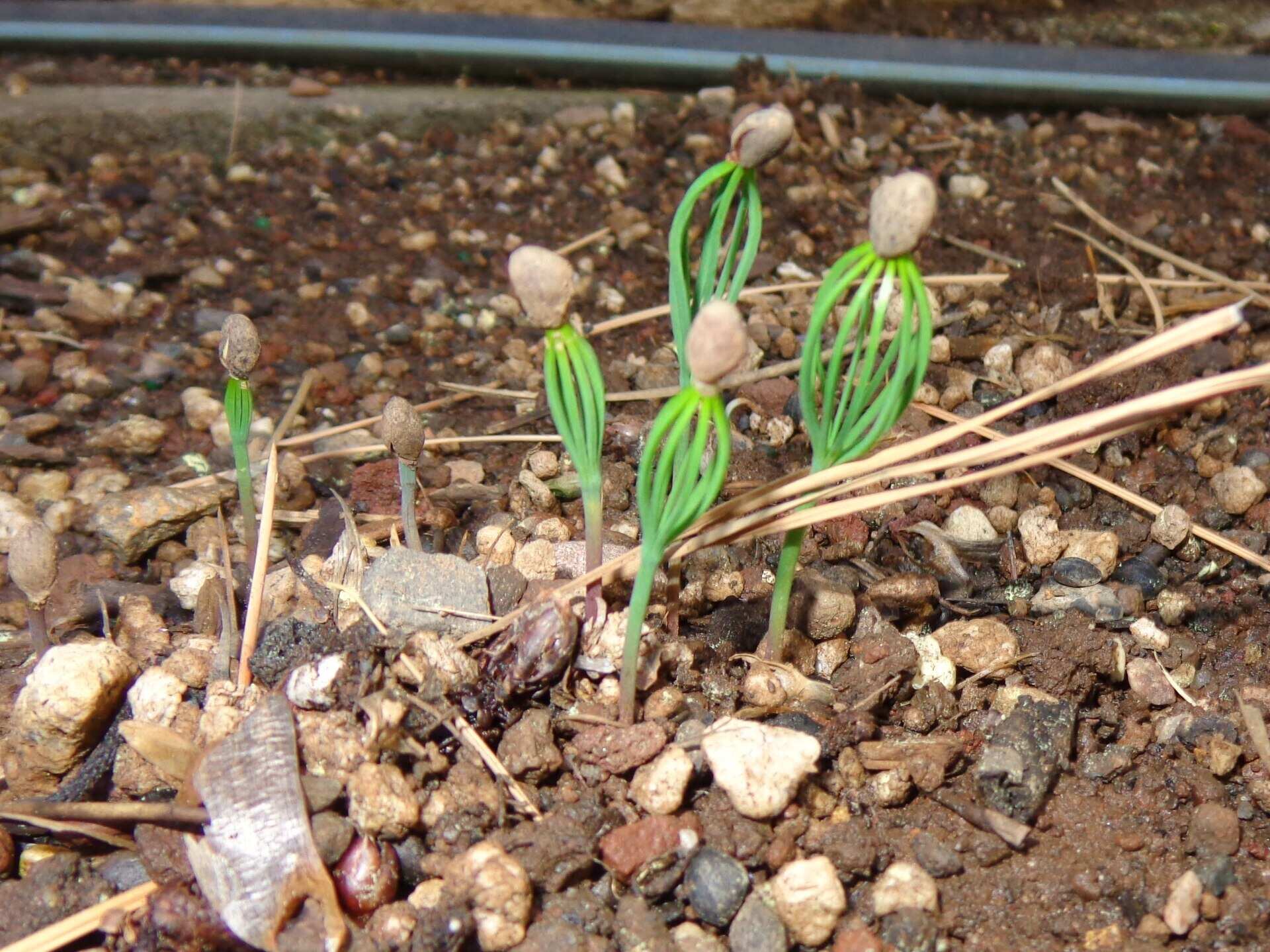

0 thoughts on “How To Grow A Mandarin Tree From Seed”